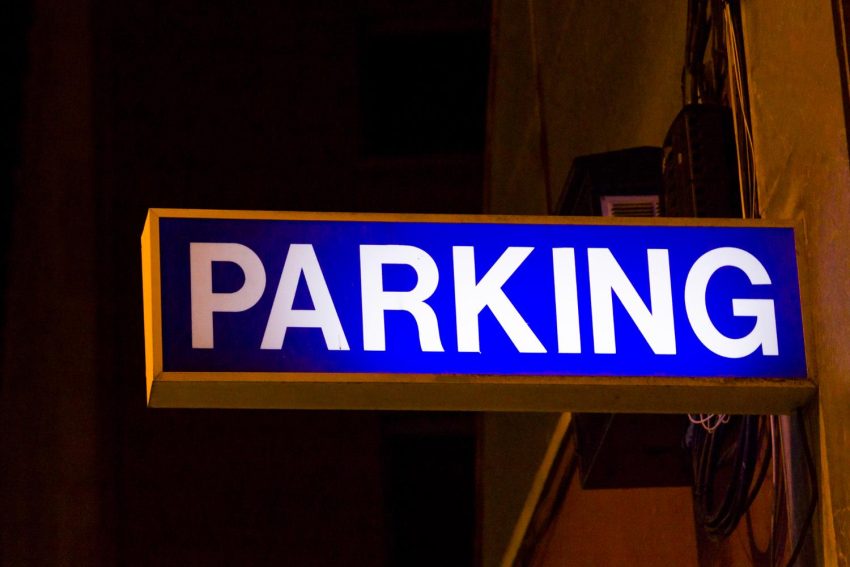When it comes to designing outdoor signage, it’s essential to ensure that the design serves its purpose of attracting attention and conveying the intended message clearly.
Outdoor signage is a vital marketing tool that helps businesses get noticed and guide potential customers to their locations. It’s not just about making a sign that looks good; it’s about considering several factors to make sure it functions well in various environmental conditions.
Here are some key factors to keep in mind when designing outdoor signage.
1. Visibility and Legibility
The primary purpose of outdoor signage is to capture attention and provide clear information. Therefore, ensuring your signage is visible from a distance is essential. A sign that is too small or cluttered will be difficult to read. The font should be large enough to be readable from the street or sidewalk, and the contrast between the text and the background must be high to enhance legibility.
Additionally, consider the colors used in your signage. Bright, bold colors such as red or yellow often stand out, but you need to make sure the combination remains clear and not overwhelming. It’s also important to choose a font that’s easy to read. A simple, clean font works best, avoiding overly ornate or complicated styles.
2. Location and Placement
Where you place your outdoor signage plays a significant role in how effective it will be. You should evaluate the traffic flow, both pedestrian and vehicular, to ensure maximum visibility. For example, a sign placed on a busy street corner or near a major intersection will have greater visibility than one hidden behind trees or buildings.
Placement also needs to consider the height and angle at which the sign will be viewed. For instance, a sign placed too low might be missed by passing cars, while one placed too high may be hard to read for pedestrians.
3. Durability and Material Selection
Outdoor signage is exposed to the elements, so selecting durable materials is crucial for ensuring its longevity. Signs need to be able to withstand harsh weather conditions such as rain, wind, and sun. Materials like metal, acrylic, and high-quality plastic are typically used for outdoor signs because of their ability to resist fading and damage from environmental factors.
Make sure the material you choose aligns with your sign’s purpose. For instance, if you need a temporary sign for an event, something lightweight like vinyl might be suitable, whereas a permanent directional sign might require a sturdier material like aluminum or wood.
4. Branding and Design Consistency
Outdoor signage should reflect your brand identity and message. It’s essential to ensure that the design aligns with your company’s colors, logo, and overall aesthetic. Consistency in branding across all of your marketing materials, including signage, helps build recognition and trust with customers.
The design should be simple but striking enough to make a memorable impact. Use your company’s logo and tagline, if possible, to help reinforce the message. Your signage should reflect your business’s tone – whether it’s professional, casual, or playful – to ensure it resonates with your target audience.
5. Lighting
If your signage needs to be visible at night or in low-light conditions, incorporating lighting is crucial. There are various ways to light your outdoor signage, from backlighting and spotlights to LED strips. Not only does lighting improve visibility, but it can also add a dramatic effect that makes your sign stand out even more. However, it’s important to ensure the lighting does not create glare or overshadow the message.
6. Regulations and Permits
Before finalizing your design, be sure to check local regulations and requirements for outdoor signage. Different areas have different laws regarding the size, type, and placement of signs. Some municipalities may require permits for certain types of signage, and failure to comply with these regulations could lead to fines or removal.
7. Maintenance
Finally, think about how easy your signage will be to maintain. Over time, signs can accumulate dirt, damage, or fade. If you choose materials that are more susceptible to wear and tear, such as paper or low-quality plastic, you may need to clean or replace them frequently. Opting for a durable material and designing a sign that’s easy to clean can save you time and money in the long run.
Conclusion
When designing outdoor signage, it’s important to consider factors such as visibility, durability, location, and the ability to maintain your signage over time. A well-designed sign serves as a reflection of your business and can help improve brand visibility and customer engagement.
By taking into account the factors discussed above, you’ll create a sign that not only looks good but also performs well in attracting and guiding potential customers.

